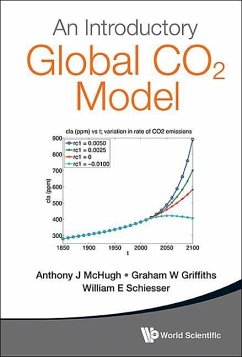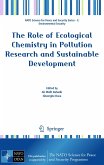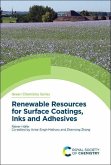The increasing concentration of atmospheric CO2 is now a problem of global concern. Although the consequences of atmospheric CO2 are still evolving, there is compelling evidence that the global environmental system is undergoing profound changes as seen in the recent spike of phenomena: extreme heat waves, droughts, wildfires, melting glaciers, and rising sea levels. These global problems directly resulting from elevated atmospheric CO2, will last for the foreseeable future, and will ultimately affect everyone. The CO2 problem is generally not well understood quantitatively by a general audience such as, for example, the increasing rate of CO2 emissions, and the movement of carbon to other parts of Earth's environmental system, particularly the oceans with accompanying acidification. We therefore present an introductory global CO2 mathematical model that gives some key numbers for example, atmospheric CO2 concentration in ppm and ocean pH as a function of time for the calendar years 1850 (preindustrial) to 2100 (a modest projection into the future). The model is based on seven ordinary differential equations (ODEs), and is intended as an introduction to some basic concepts and a starting point for more detailed study. Quantitative insights into the CO2 problem are provided by the model and can be executed, with postulated changes, with a modest computer. As basic calculus is the only required mathematical background, this model is accessible to high school students as well as beginning college and university students. The programming of the model is in Matlab and R, two basic, widely used scientific programming systems that are generally accessible and usable worldwide. This book can therefore also be useful to readers interested in Matlab and/or R programming, or a translation of one to the other.
Hinweis: Dieser Artikel kann nur an eine deutsche Lieferadresse ausgeliefert werden.
Hinweis: Dieser Artikel kann nur an eine deutsche Lieferadresse ausgeliefert werden.








